Inside Scotland’s Stunning New V&A Museum in Dundee
The Kengo Kuma–designed building is Scotland’s first design museum and features a restored Glasgow tearoom by Charles Rennie Mackintosh


On Saturday, Scotland welcomed the V&A Dundee, the country’s first design museum and the sole V&A location outside London. Crafted by award-winning Japanese architect Kengo Kuma, who is also the mastermind of Tokyo’s 2020 Olympic stadium, the massive riverfront building takes its cues from the rugged coastal terrain, with a stepped façade clad in 2,500 precast concrete panels. The $105 million museum—eight years in the making—is the centerpiece of the city’s longtime effort to revitalize its formerly industrial port, which had long been neglected.
Recommended: Kengo Kuma Expands the Portland Japanese Garden
Inside, some 300 objects pulled from the V&A’s archives capture the region’s rich aesthetic history, from a winged tiara studded with 2,500 diamonds to a pair of classic Hunter boots (the company is based in Edinburgh). Most incredibly, there’s even a reconstructed Glasgow tearoom, hidden for nearly 50 years, conjured by Scotland’s brightest design legend, Charles Rennie Mackintosh. This lyrical space, built in 1908 and dubbed the Oak Room, was dismantled in the ’70s and locked away in storage. Says museum director Philip Long, “Restoring it has been one of the most exciting parts of creating V&A Dundee.”
For his part, Kuma has also expressed delight that Mackintosh is represented. “It is also fitting that the restored Oak Room by Charles Rennie Mackintosh is at the heart of this building,” he said in a statement. “I have greatly admired his designs since I was a student. In the Oak Room, people will feel his sensibility and respect for nature, and hopefully connect it with our design for V&A Dundee. I hope the museum can change the city and become its center of gravity. I am delighted and proud that this is my first building in the UK and that people will visit it from around the world.”
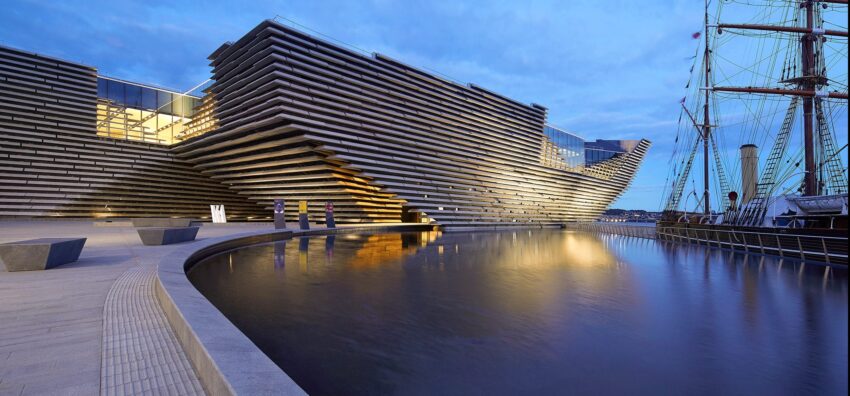

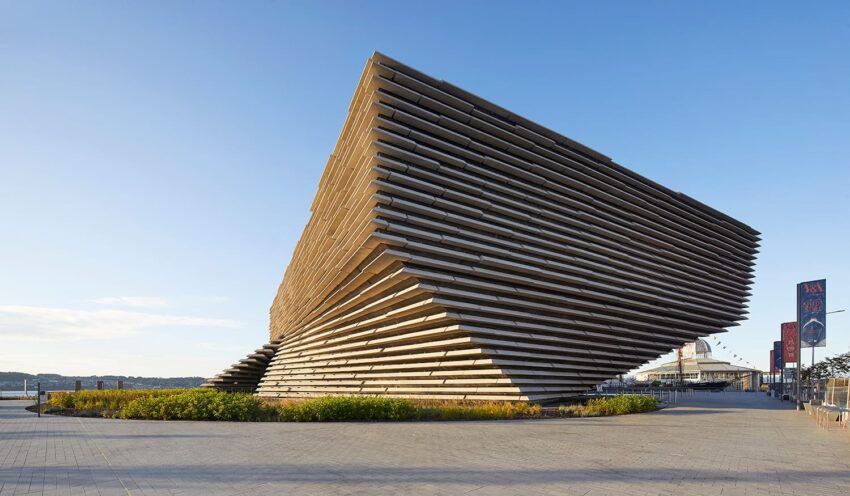
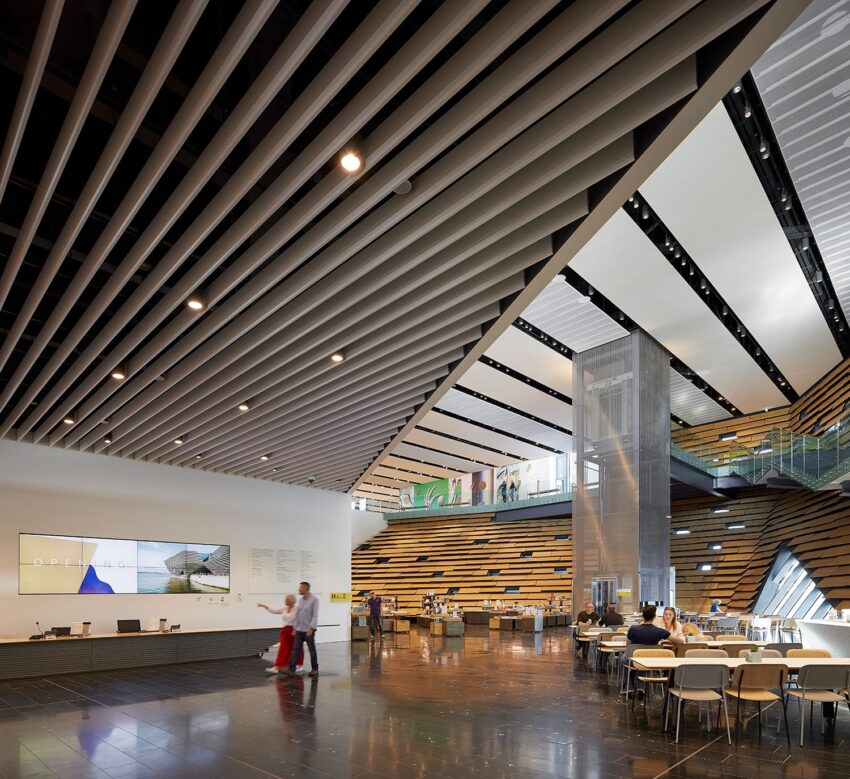
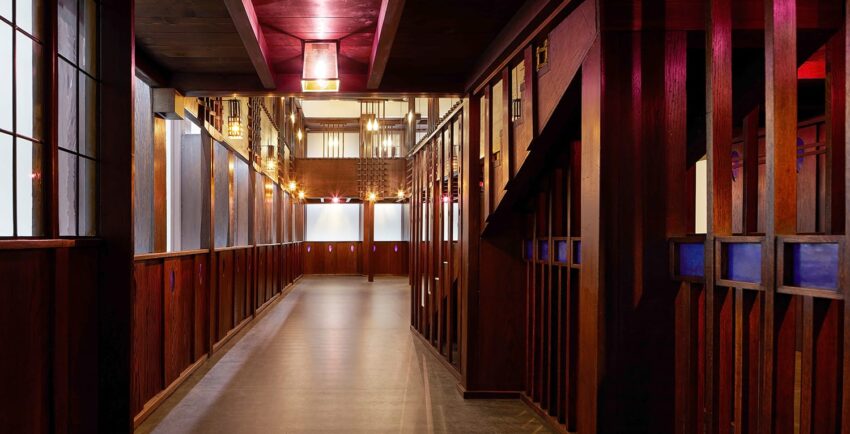

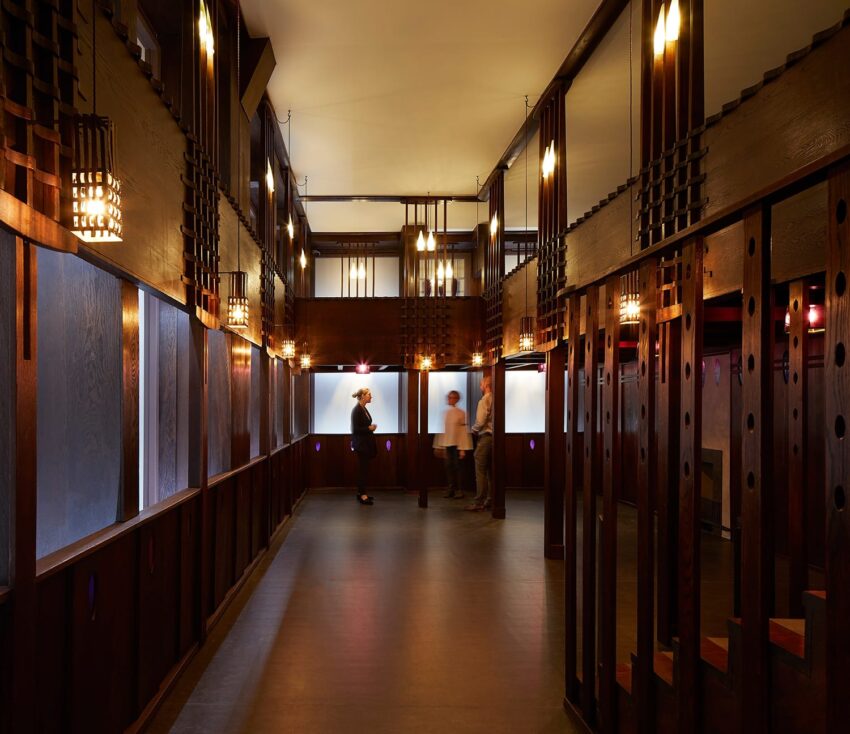
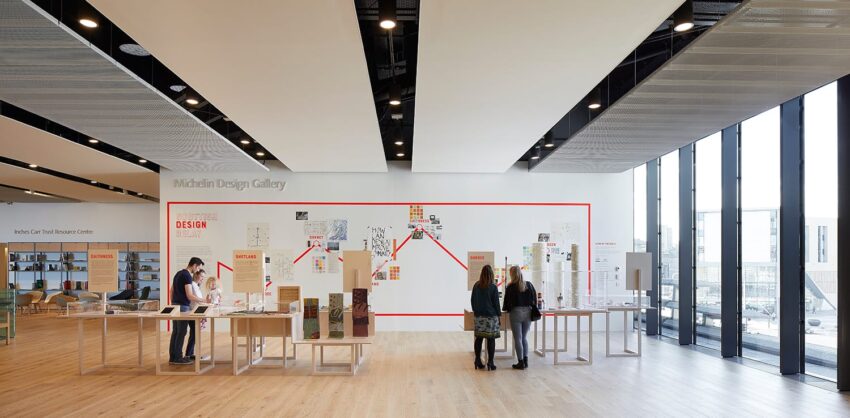

A version of this article first appeared in print in our 2018 Fall Issue in the section called The Artful Life. Subscribe to the magazine.